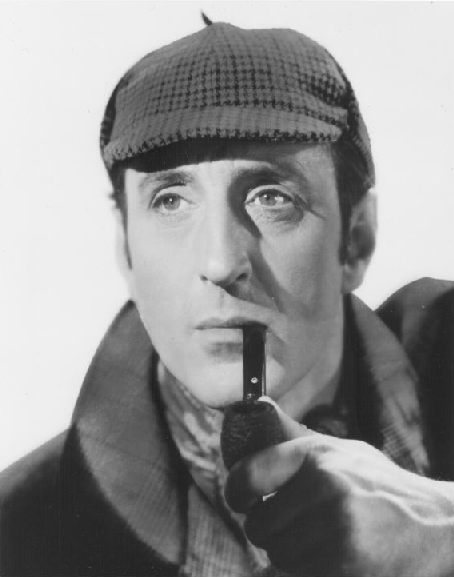Podcast: Play in new window | Download
Subscribe: Apple Podcasts | Spotify | Amazon Music | iHeartRadio | Email | TuneIn | RSS

An eighty-four-year-old Scottish lord who, because of being born on February 29, has been waiting 63 years for the inheritance he should have received when he was 21, finds out he’ll have to wait a little longer, and then Holmes reports that he was pushed out the window.
Original Air Date: December 31, 1945
Originating in Hollywood
Starring: Basil Rathbone as Sherlock Holmes; Nigel Bruce as Doctor Watson
Support the show monthly at patreon.greatdetectives.net
Support the show on a one-time basis at http://support.greatdetectives.net.
Mail a donation to: Adam Graham, PO Box 15913, Boise, Idaho 83715
Take the listener survey at http://survey.greatdetectives.net
Give us a call at 208-991-4783
Follow us on Instagram at http://instagram.com/greatdetectives
Follow us on Twitter @radiodetectives
Join us again tomorrow for another detective drama from the Golden Age of Radio.

Ah, yes — Sherlock Holmes. Possibly the most famous modern fictional character ever conceived! The vintage radio programs were often based on original scripts, not that Arthur Conan Doyle’s narratives weren’t worthy of such. Some of these did, however, contain flaws. My favorite “Sherlock Holmes” short story, for instance, the wonderfully spooky “The Speckled Band”, revolves around what, in effect, is a trained snake (all the more impossible being as these reptiles don’t have ears and therefore could not have been summoned by the murderer’s whistle); and my favorite S.H. novel, “The Hound of the Baskervilles”, similarly spooky but likewise questionable in that the horrifying mastiff mongrel, conditioned to kill using scent, had a head covered with phosphorous, albeit a “cunning preparation” of it that glowed in the dark, which could have compromised his olfactory senses. And it’s odd that Basil Rathbone came to resent the role that made him famous. When he quit the wonderful nineteen-forties’ series in 1946, this after starring in the two 20th Century-Fox features of the late Thirties and the ensuing twelve produced by Universal, his co-star in each, Nigel Bruce (as Dr. Watson), supposedly never forgave him. A stage revival in the early Fifties, with Rathbone as Doyle’s detective, ran but three performances, and in his autobiography, the actor — admittedly grudgingly — provided relatively brief comments about having portrayed Holmes, some of these assertions with technical errors. Odd also that in the said autobiography, Rathbone, as I recall, didn’t even mention his outing in 1929 as S.S. Van Dine’s sleuth, Philo Vance, in “The Bishop Murder Case”. Released in 1930 by MGM, it remains a truly atmospheric early-talkie (the “series murderer”, the term preceding that of “serial killer”, designing his murders around “Mother Goose” rhymes, the sequence wherein “Humpty Dumpty” is toppled from a park wall on a foggy night particularly effective, a still from which, with the black-gloved hand of the killer who signs himself “The Bishop” menacingly reaching out for his victim, was used as the frontispiece of the Grossett & Dunlap photoplay edition of the book). “Odd” hardly says it, this being an accomplished early-talkie; an “A” production by the largest major film studio; with Basil Rathbone top-billed as the phenomenally popular fictional detective; the source novel a bestseller — and for what little it’s worth, my all-time favorite motion picture!
Regarding Sir Arthur Conan Doyle’s errors, I just Googled phosphorus, and found that although white phosphorus glows green in the dark, it is also pyrophoric (liable to ignite spontaneously upon being exposed to air) — and more significantly here, it has an odor “resembling garlic”! But alas! My spelling of “phosphorus” as “phosphorous”, this in my comments to the Great Detectives of Old Time Radio”, was incorrect, the former being a noun and the latter an adjective! Don’t recall if Doyle spelled it incorrectly in his “The Hound of the Baskervilles”, but if so (it’s a common error), the frightening climax when the “hound” appears, this just about as scary as anything found in fiction, more than makes up for it!